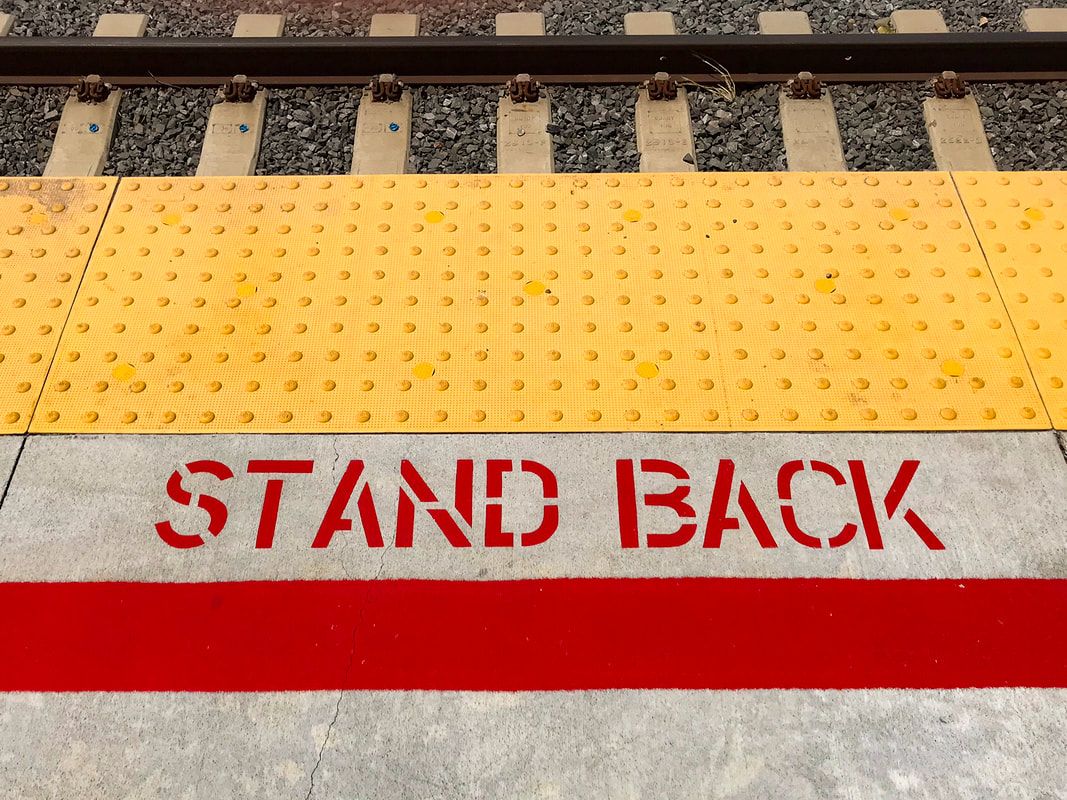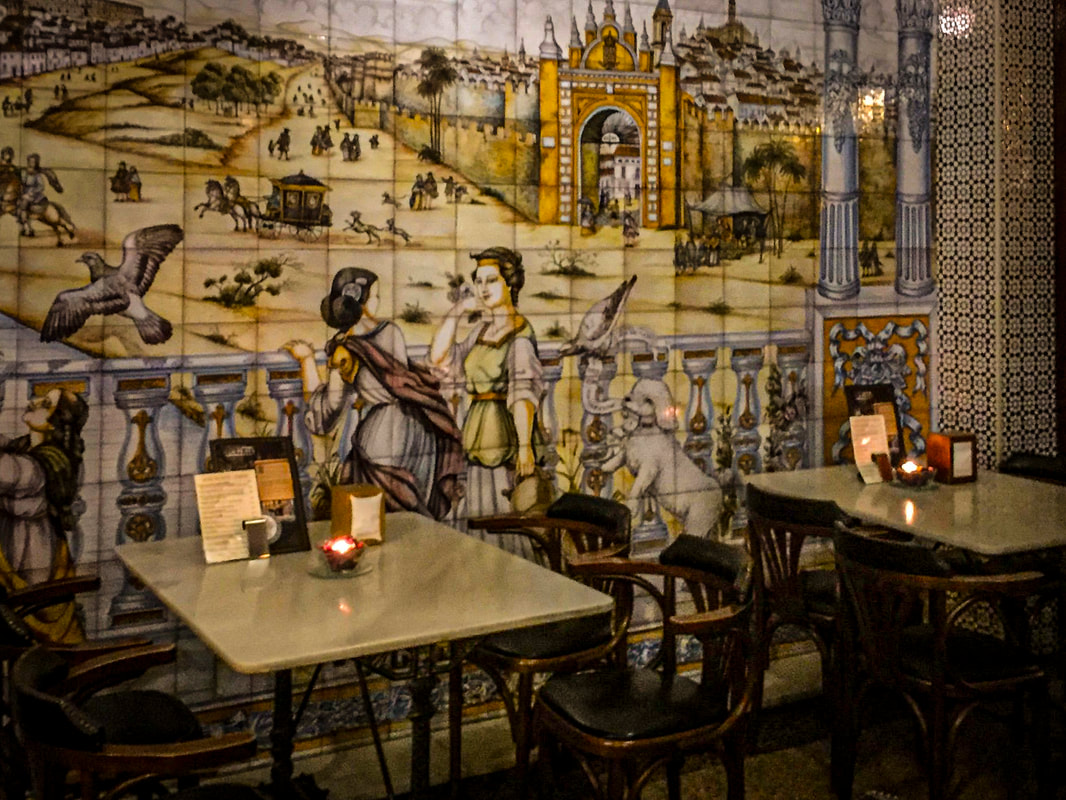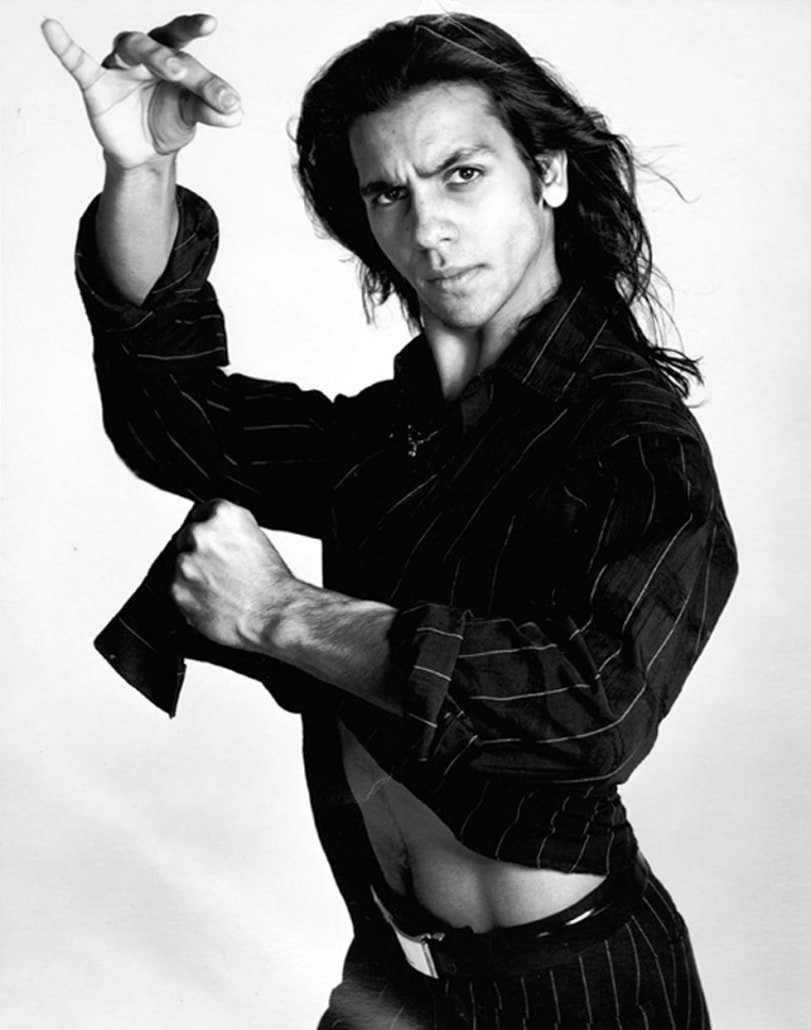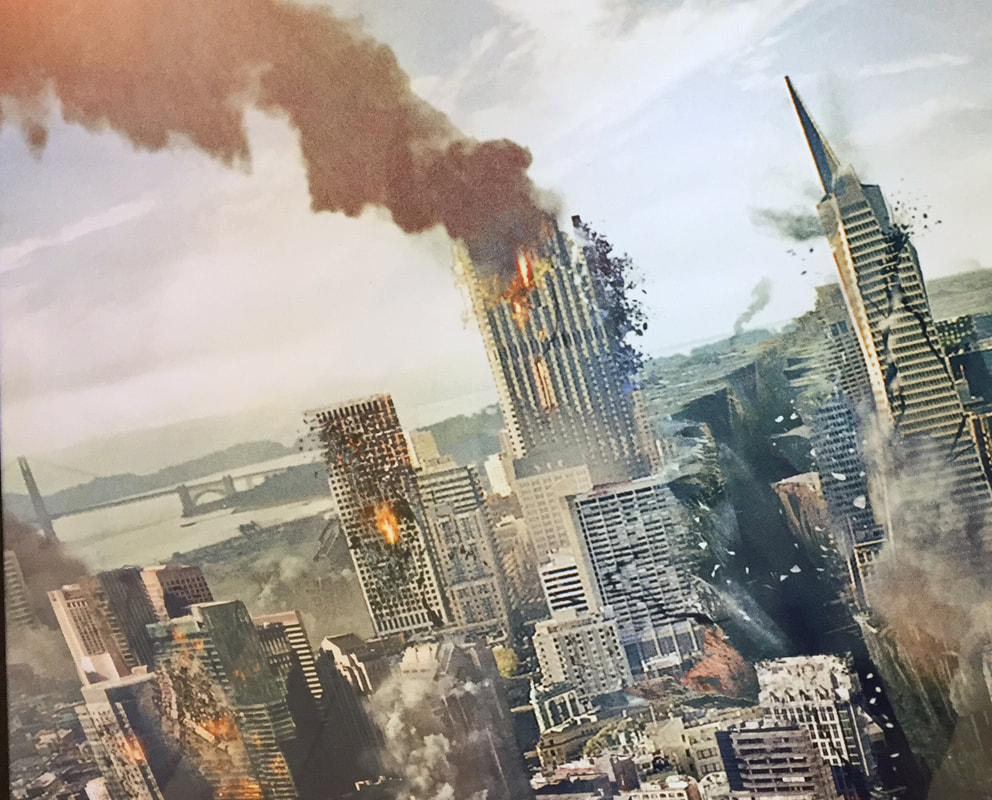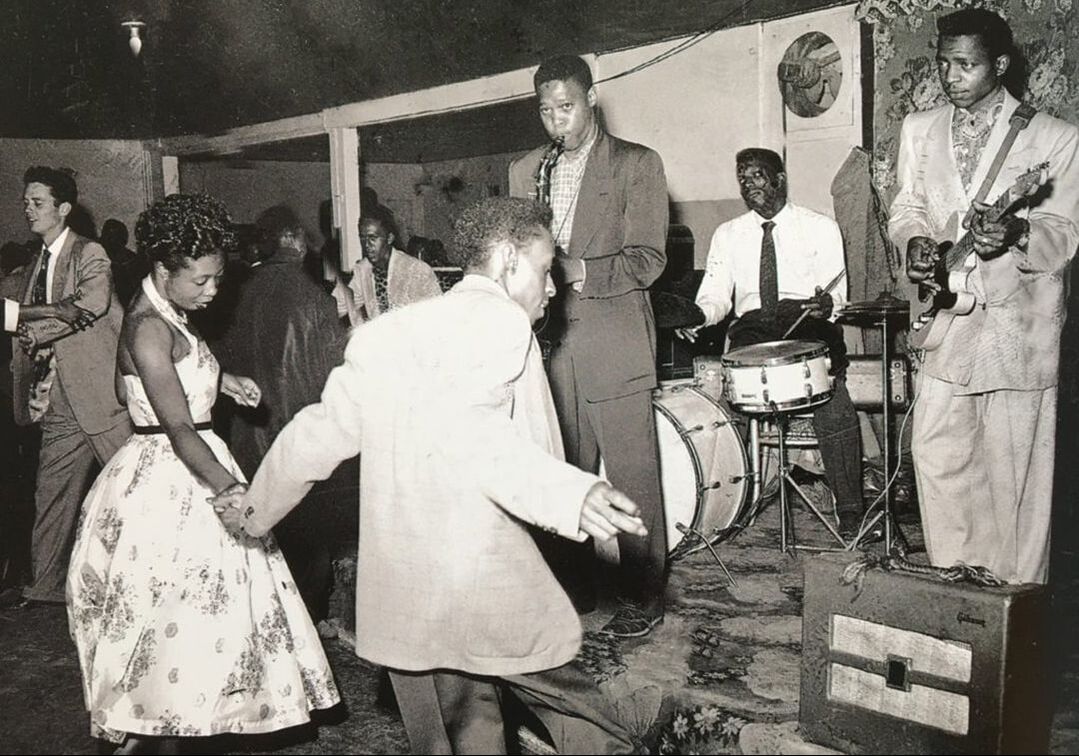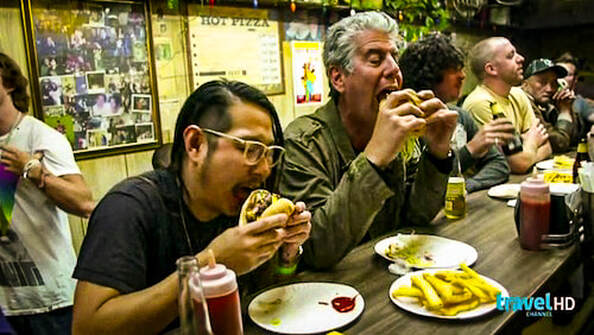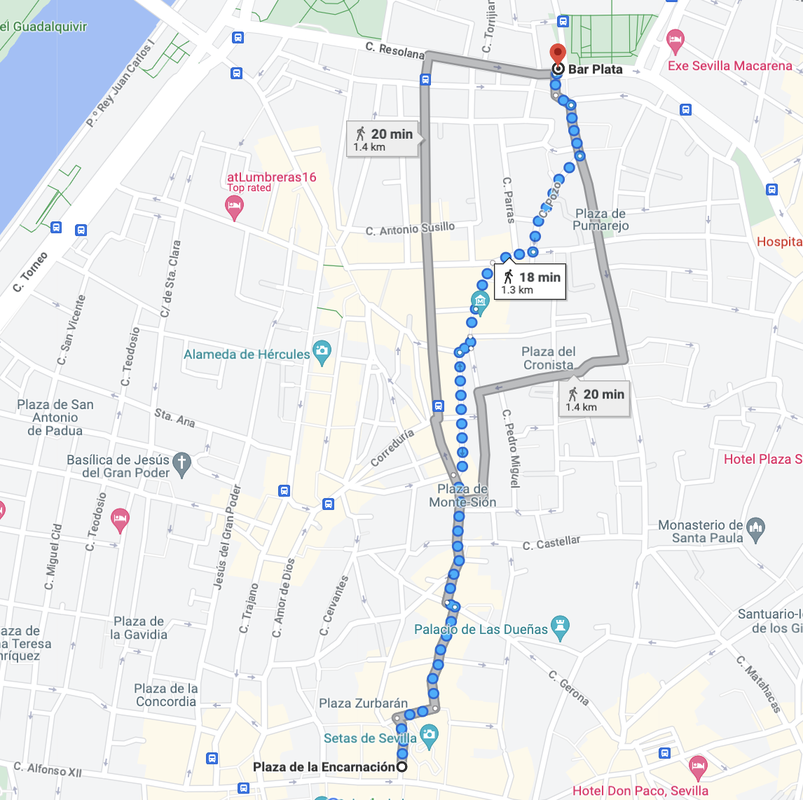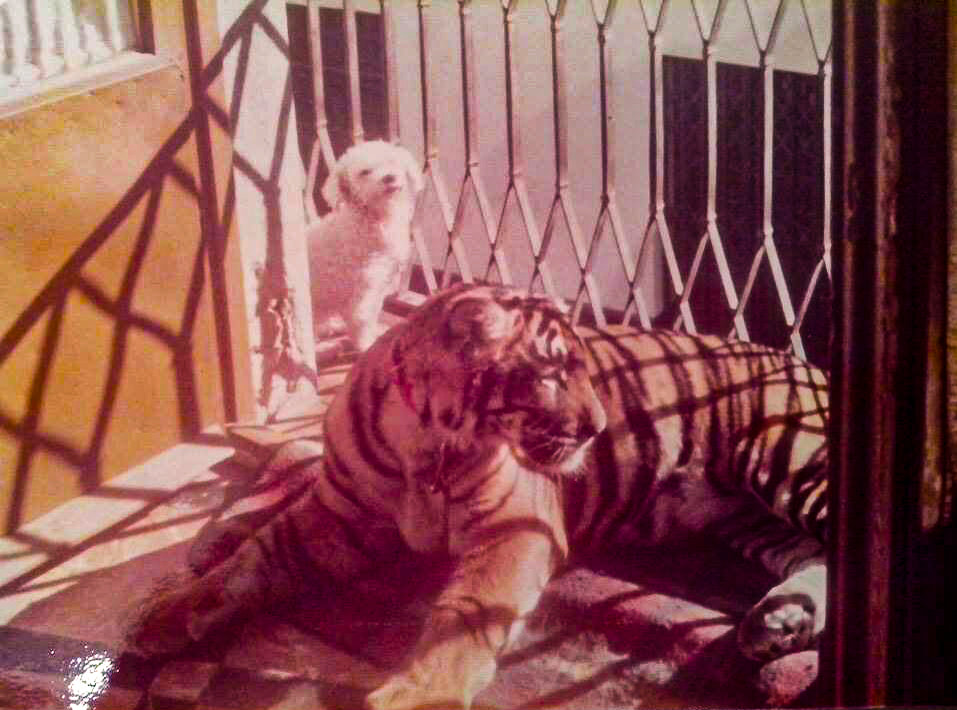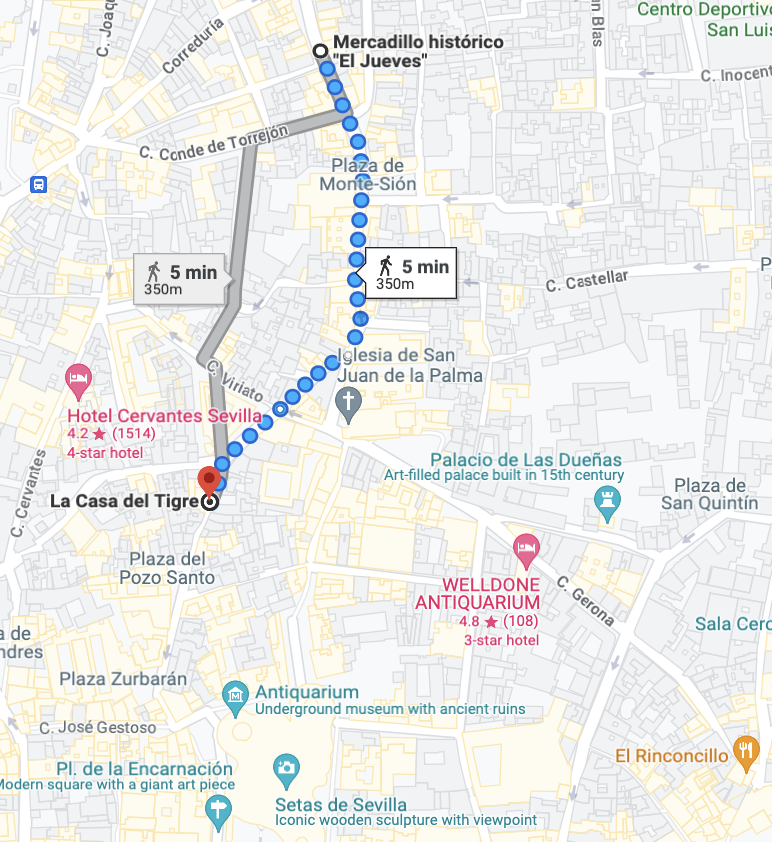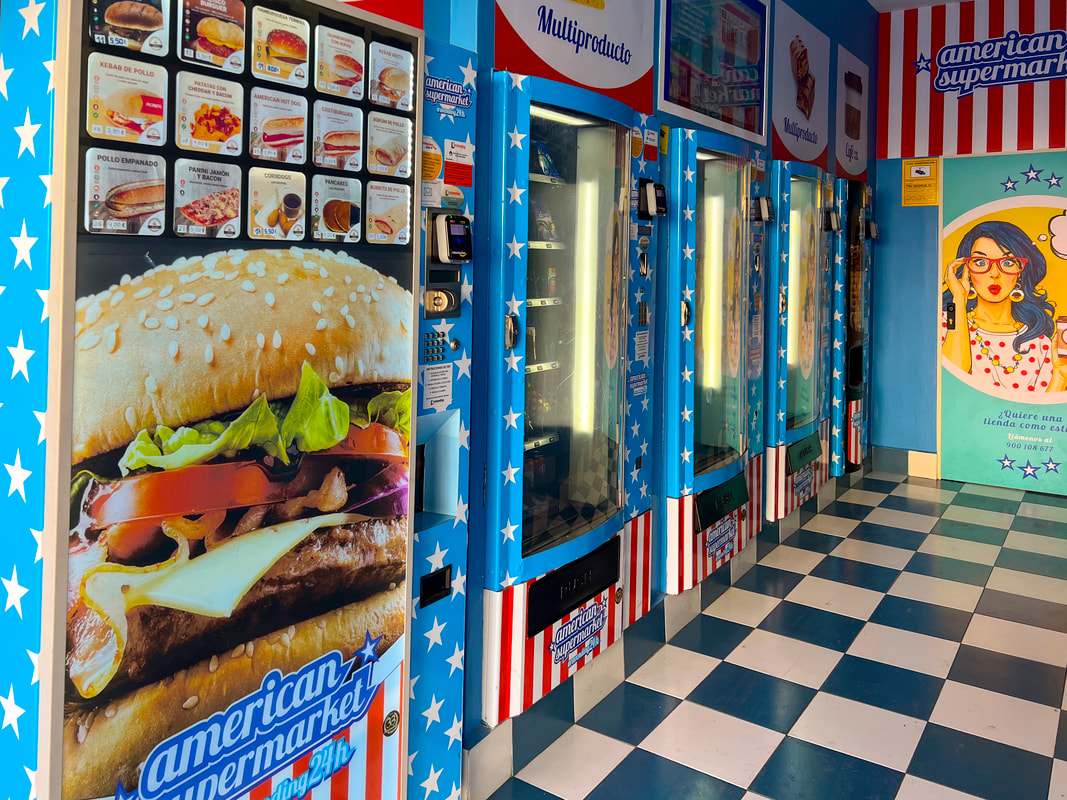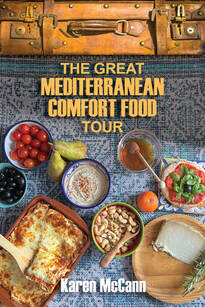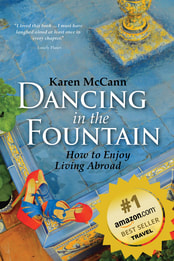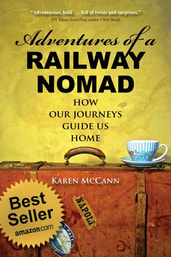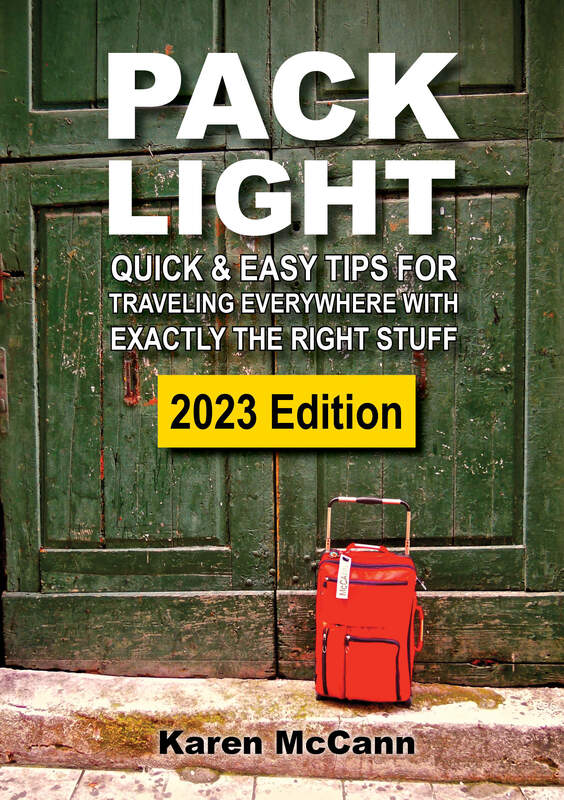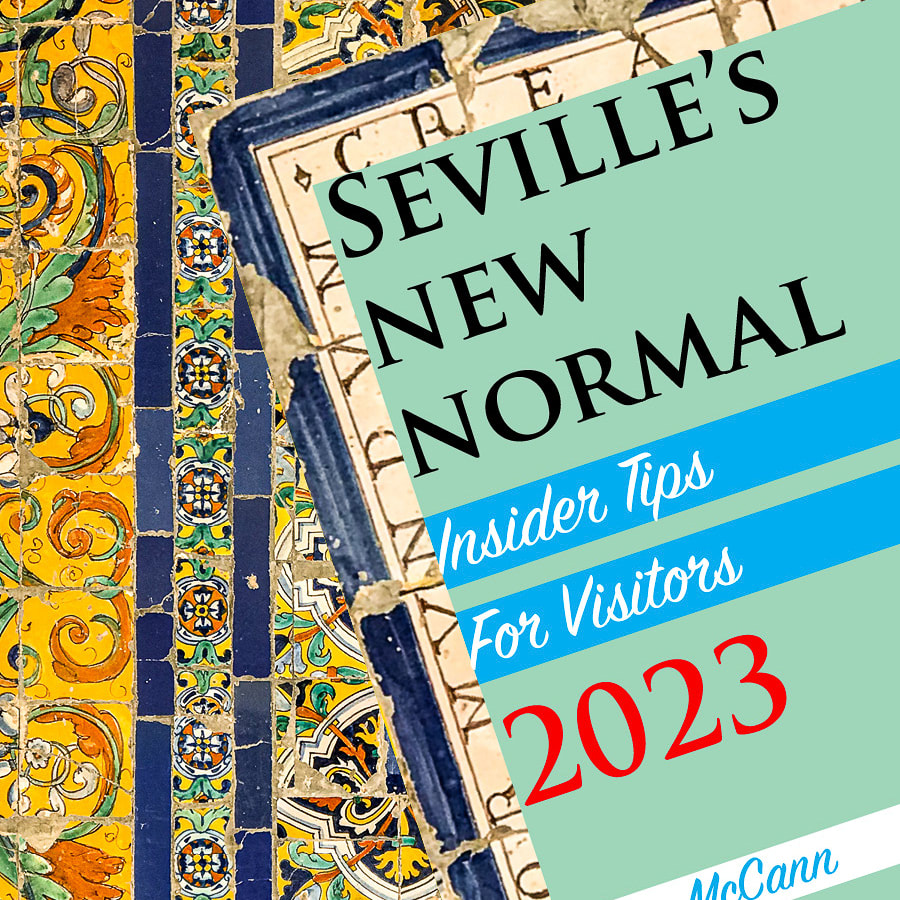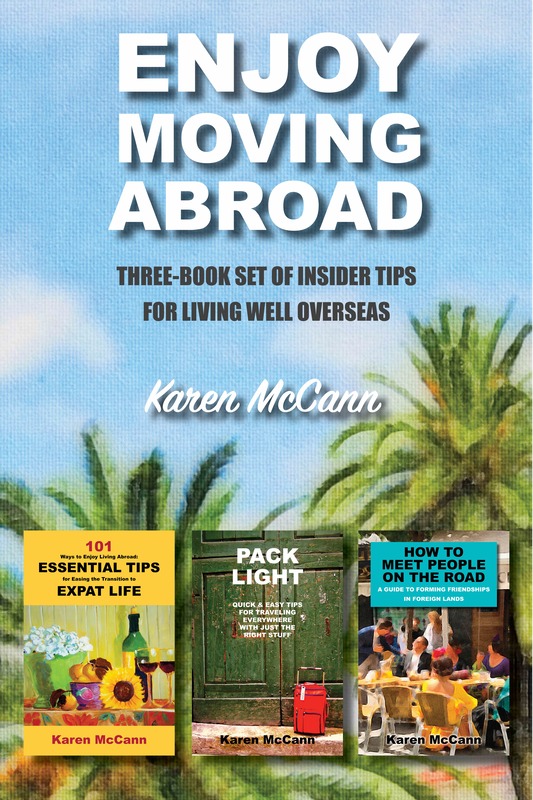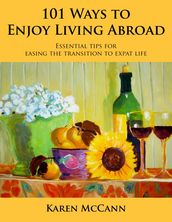|
I don’t normally hang out with scoundrels, scallywags, or stone-cold killers, but every once in a while I find myself among a genuinely dangerous crowd. And it’s about to happen again. So this week, to prepare my soul and psyche for a walk on the wild side (more on that in a minute), I decided to have lunch in a place I’d once had drinks with multiple murderers. It all started innocently enough one midnight in Seville, when a friend suggested we stop for a nightcap at a bar with “a special atmosphere.” Bar Plata was charmingly old-school, with exquisite tiles and dark, polished wood. Large windows overlooked the city's ancient north gate, walls built by Julius Caesar’s boys, and the Macarena church, said to be a hotbed of Opus Dei (the zealots you may recall from The DaVinci Code). There was no one around but the bartender. We ordered a drinks and had just settled at a small, marble-topped table when the door opened and a handful of young men strolled in. My friend glanced at the tallest of them and gasped. "That's Farruquito!” Farroquito was 22 and the most celebrated flamenco dancer of his generation. He was about to go on trial for killing a man in a hit-and-run; no one believed his claims that his kid brother was driving. The young men gathered in the back corner, chatting quietly, occasionally breaking into fragments of song, tapping out rhythms with palms and boot heels. The door opened again. In walked a dozen lean, hard-bitten, cold-eyed men and women. They took over the front part of the bar, talking in harsh whispers, eyes darting ceaselessly around the room. I might not recognize Farruquito at a glance, but even I could tell these were Russian mafia. From the enforcement division. Trying to look casual, my friends and I hastily finished our drinks, murmuring to one another, “Well, this has been lovely but it’s getting late ... perhaps we should ...” Once safely outside, I said, “You were right. That bar really did have a special atmosphere.” Our night at Bar Plata has been on my mind lately because I expect to find myself outside of my comfort zone again very soon. A week from today I’m leaving Seville to spend some months in my native northern California, and when I mention this to people, I find I’m getting a rather worrying response. All my life people have said, “San Francisco? Boy, are you lucky!” Now people look away and murmur, “So sorry for your loss.” OK, sure, the city’s been in a bit of an uproar lately. But San Francisco has always existed in a state of upheaval punctuated by periods of outright pandemonium. The gold rush. The 1906 earthquake. Alcatraz. Rosie the Riveter in the WWII shipyards. The Summer of Love. The Zodiac Killer. Patty Hearst’s kidnapping. The Jonestown mass murder-suicide. LGBTQ pride and the assassination of Harvey Milk. HIV-AIDS. The 1989 earthquake. Dot coms. Airbnb. Twitter. Uber. Waymo’s driverless taxis. Marketing experts have spent staggering amounts of public funds trying to convince tourists that San Francisco is all about Instagrammable leisure. Ads tout great weather, gourmet cuisine, and gorgeous scenery enlivened by a scattering of colorful characters — the perfect backdrop for vacation selfies guaranteed to arouse the envy of your social media contacts. The reality is that in summer’s high season (meaning the tourist influx, not a rise in street drugs), the fog rolls in, the air is cold and damp, hypothermia threatens the lightly clad, and those famous views are often invisible. Yes, the food is wonderful, but the prices are hard to swallow, especially when you’re washing them down with wine at $17 or $25 a glass. And while colorful characters abound, not all of them are remotely picturesque. But San Francisco is not about Instagrammable leisure. It’s always been a place for throwing yourself headlong into ripsnorting adventures, risking everything to build a better, more exciting future. Betty Soskin, who worked in our WWII shipyards, said the unprecedented racial and gender diversity of that massive workforce “accelerated the rate of social change, so that to this day it still radiates out of the Bay Area into the rest of the nation. It’s where the visionaries come to find constituents for their wildest dreams.” The very ground the city’s built on attests to that. In 1849, when the word “gold” hit the headlines, every rogue and fortune hunter with a ship sailed to San Francisco. “The 49ers, as they came to be called, ditched their ships in the bay and hightailed it inland in hopes of striking it rich,” wrote SF crime columnist Bob Calhoun. “Many of the ships were sunk near the shore, covered in sludge, and used to form the highly unstable landfill that the 58-story Millennium Tower is sinking into today.” Nicknamed the Leaning Tower, the billionaire’s dream-home-turned-nightmare was finally shored up in 2023. Due to cost constraints, the original plan to install 52 new supports was scaled down to 18. Which isn’t worrying at all. Like Millennium Tower, San Francisco is always said to be teetering on the brink of collapse. Last summer Newsweek reported, “Struggling with rampant homelessness, a drug crisis, surging crime, and several business closures, San Francisco is no longer the thriving city it used to be. Its decline in recent months has led some to say the city ‘is dying.’” Dying? Let’s not get ahead of ourselves. People have been drafting SF’s obituary since five minutes after the gold rush. Bob Calhoun writes about how in the 1950s his mother used to love dancing at El Patio, a jazz club at Market and South Van Ness. When Bill Graham took it over in 1968, calling it The Filmore, and hiring the Grateful Dead and Santana instead of swing bands, Mrs. Calhoun mourned the downfall of San Francisco, “The hippies took it over,” she said, “and ruined everything.” I’m hoping that, to paraphrase Mark Twain’s famous comment, this is just one more example of San Francisco’s imminent demise being greatly exaggerated. There’s only one way I can know for sure. In the months ahead, Rich and I will frequently venture out to lunch in San Francisco, seeking offbeat places, cultural curiosities, great midday meals, and some assurances the city is still alive and kicking. With our time in Seville winding down (for now; we'll be back), I figured lunch at Bar Plata would provide an appropriate setting in which to discuss our half-baked plans for exploring San Francisco's newest — and possibly wildest — incarnation. Naturally we kept our eyes peeled for Russian mobsters and notorious flamenco dancers, but the crowd seemed cheerfully non-threatening. Will we find the same cozy atmosphere in San Francisco? Friends who live there say yes, and I remain hopeful. But of course, there are no guarantees. To me, that unpredictability is part of the fun. Anthony Bourdain said of San Francisco, “You go there as a snarky New Yorker thinking it’s politically correct, it’s crunchy granola, it’s vegetarian, and it surprises you every time. It’s a two-fisted drinking town, a carnivorous meat-eating town, it’s dirty and nasty and wonderful.” And that’s what I call “a special atmosphere.” SO WHAT HAPPENED TO FARROQUITO? Outcome of the court case, seeing him dance (yes, there's video) WHO WAS BETTY SOSKIN? An African-American Rosie the Riveter in WWII SF WHY I'M TAKING THE NEXT TWO WEEKS OFF First, I have to pack and travel to CA. Then I have jury duty. If the case doesn't get dismissed (most do), my next post may be "Out to Lunch with a Jury of My Peers." Watch this space for updates. OUT TO LUNCH This story is part of my ongoing series "Out to Lunch." Each week I write about visiting offbeat places, seeking cultural curiosities and great eats. (Learn more.) WANT TO STAY IN THE LOOP? If you haven't already, take a moment to subscribe so you'll receive notices when I publish my weekly posts. Just send me an email and I'll take it from there. [email protected] LIKE BOOKS? Be sure to check out my best selling travel memoirs & guide books here. PLANNING TO TRAVEL? Enter any destination or topic, such as packing light or road food, in the search box below. If I've written about it, you'll find it.
6 Comments
“No, you’re not hallucinating; those squirrels are for sale as pets.” I always enjoyed it when visitors to Seville performed double takes in front of my neighborhood pet shop during its brief stint as squirrel vendor. “And they’re not cheap; they run $50 apiece.” Instantly visiting Americans would look thoughtful, pondering how to turn their own pests into profits, wondering aloud, “What do you figure it costs to ship squirrels? Just asking.” I used to joke about buying one as a companion for my dog, letting the animals exercise each other chasing around my apartment. But years earlier I’d learned the hard way why this was a truly terrible idea. When one bold, unlucky squirrel ventured into our Ohio home, our dog sprang into chase mode. Several days of furniture-crashing pandemonium ensued, ending very badly indeed for the squirrel. I wasn’t inclined to pay $50 to repeat that experience.
(This is not actual footage, but it captures the spirit of the dog vs. squirrel incident.)
No matter how cute they are, wild animals rarely make good pets. I recently ran across the article “Tragic Stories of Exotic Pet Ownership Gone Wrong,” and you won’t be surprised to learn that chimpanzees, pythons, and black bears can cause a lot more damage to your home (and to you and your kids) than a rampaging squirrel. Which is why I was somewhat stunned last week to learn that a neighbor here in Seville used to keep a pet tiger. José María Lassaleta was an explorer, adventurer and zookeeper, and in the 1970s, after retiring as director of the zoo in nearby Jerez de la Frontera, he adopted an aging, ailing tiger and brought him to live in Seville. The arrival of the tiger as a household pet caused the biggest sensation since the Sultan of Egypt sent the Spanish Princess Berenguela a live crocodile as a courting gift in 1260. People lined up in in front of Lassaleta’s home on Amparo Street and cheered whenever the big cat sprawled out onto the balcony to take some sun. My mind boggles at what it must have taken to manage a tiger at home. For a start, these are whopping great animals, weighing up to 660 pounds, and their idea of a nice, light supper is 80 pounds of raw meat. That’s a lot of hamburger to haul home every day. Don’t worry, that cute white dog in the photo was never intended to serve as an hors d'œuvre. She's said to be the surrogate mother who helped raise the tiger and his littermates during their time with the Seville Circus. I’ve heard one of those littermates used to be seen riding around town in the back of a convertible. Sadly (although perhaps fortunately for public safety) those tigers have long since gone to their reward, laws passed in 2023 prohibit owning such beasts, and their stories have faded into Seville legend. But the legacy lives on in Lassaleta’s seventeenth-century house on Amparo Street, now home to the marvelously atmospheric restaurant La Casa del Tigre (Tiger House). It's one of the coziest, most romantic spots in the city. The fare isn’t so much Spanish as vaguely international. We sat at the bar, where the stools are arranged in pairs placed a discreet distance apart. I watched in awe as two youngsters, having demolished a couple of jumbo gin cocktails, downed a bottle of wine with a substantial lunch and looked as if they were now heading bedward. Ah, the stamina of youth. La Casa del Tigre was a cheerful antidote to the shock and gloom Rich and I were feeling over that morning’s announcement that Librería Verbo, one of Seville’s iconic bookstores, was closing. Housed in the vast, century-old Imperial Theater, the librería had held an abundance of books, author lectures, and chalkboards quoting Marcel Proust and Albert Camus. It was a cherished part of the intellectual life of the community, but it couldn’t outrun the new predator stalking this city: cultural deforestation. It's a well-known tale. Apartments where families lived for generations are now Airbnbs. Neighborhood shops, including the pet store that once sold squirrels, have closed to make way for fast fashion and souvenirs. Food — that most sacred of Sevillano social traditions — is being sold from vending machines. Bit by bit, the habitat sustaining the daily life of residents is being stripped away, and people are moving out. The shops they once supported can't survive. This week, Verbo became the latest casualty. Rich and I stopped in to bid a fond farewell to Verbo and then, before we could become completely demoralized, we set off to visit places, including La Casa del Tigre, that are still their goofy, quirky, oddball, only-in-Seville selves. We didn’t have far to go. It was Thursday, and that meant a trip to the Mercadillo histórico El Jueves, Feria Street's historic Thursday Market, which has been selling second-hand treasures for at least 700 years. True, a little gentrification has taken place recently. Instead of spreading wares on the ground, vendors use tables. A small monthly fee is required to participate, and spots are assigned, ending (or at least reducing) generations-long infighting and drama. Some stalls even take credit cards. But you’re still negotiating with colorful characters for goods without formal guarantees, and caveat emptor (buyer beware) at all times. I don't mean to brag, but our pickpockets are world class. Even on non-market days, Feria Street is a fun place to shop for vintage clothes, second-hand books, fresh produce, electrical supplies, paint, hardware — all the building blocks of a vibrant urban life. And despite the inroads made by cookie-cutter corporate eateries and chain stores, pockets of quirky individualism and old-fashioned artisanship remain throughout the city. And yes, I shop in funky little family-run establishments whenever possible. I realize buying a few lightbulbs, a can of paint, or a used paperback won’t stop cultural deforestation. Places we love are changing before our eyes, not always for the better. The world is an unstable and scary place these days, and it’s easy to feel helpless. We aren’t. We may not be able to turn the tide of world events or keep a beloved bookstore alive as long as we’d hoped, but as author Laura McBride points out, we all make a difference, even when our acts go unacknowledged or seem, in the grand scheme of things, to be trivial. “It all matters. That someone turns out the lamp, picks up the windblown wrapper, says hello to the invalid, pays at the unattended lot, listens to the repeated tale, folds the abandoned laundry, plays the game fairly, tells the story honestly, acknowledges help, gives credit, says good night, resists temptation, wipes the counter, waits at the yellow, makes the bed, tips the maid, remembers the illness, congratulates the victor, accepts the consequences, takes a stand, steps up, offers a hand, goes first, goes last, chooses the small portion, teaches the child, tends to the dying, comforts the grieving, removes the splinter, wipes the tear, directs the lost, touches the lonely, is the whole thing. What is most beautiful is least acknowledged.” OUT TO LUNCH This story is part of my ongoing series "Out to Lunch." Each week I write about visiting offbeat places in the city and province of Seville, often by train, seeking cultural curiosities and great eats. (Learn more.) WANT TO STAY IN THE LOOP? If you haven't already, take a moment to subscribe so you'll receive notices when I publish my weekly posts. Just send me an email and I'll take it from there. [email protected] LIKE TO READ BOOKS? Be sure to check out my best selling travel memoirs & guide books here. PLANNING A TRIP? Enter any destination or topic, such as packing light or road food, in the search box below. If I've written about it, you'll find it. |
This blog is a promotion-free zone.
As my regular readers know, I never get free or discounted goods or services for mentioning anything on this blog (or anywhere else). I only write about things I find interesting and/or useful. I'm an American travel writer living in California and Seville, Spain. I travel the world seeking eccentric people, quirky places, and outrageously delicious food so I can have the fun of writing about them here.
My current project is OUT TO LUNCH IN SAN FRANCISCO. Don't miss out! SIGN UP HERE to be notified when I publish new posts. Planning a trip?
Use the search box below to find out about other places I've written about. Winner of the 2023 Firebird Book Award for Travel
#1 Amazon Bestseller in Tourist Destinations, Travel Tips, Gastronomy Essays, and Senior Travel
BLOG ARCHIVES
July 2024
CATEGORIES
All
|
